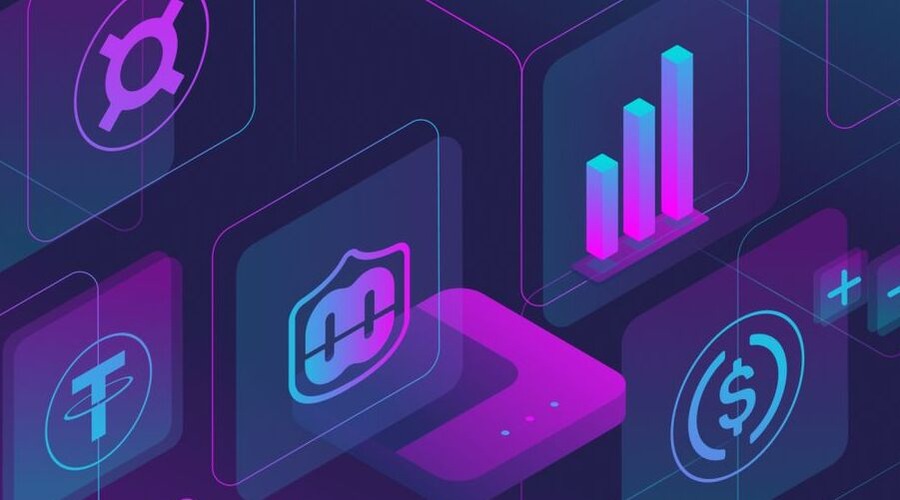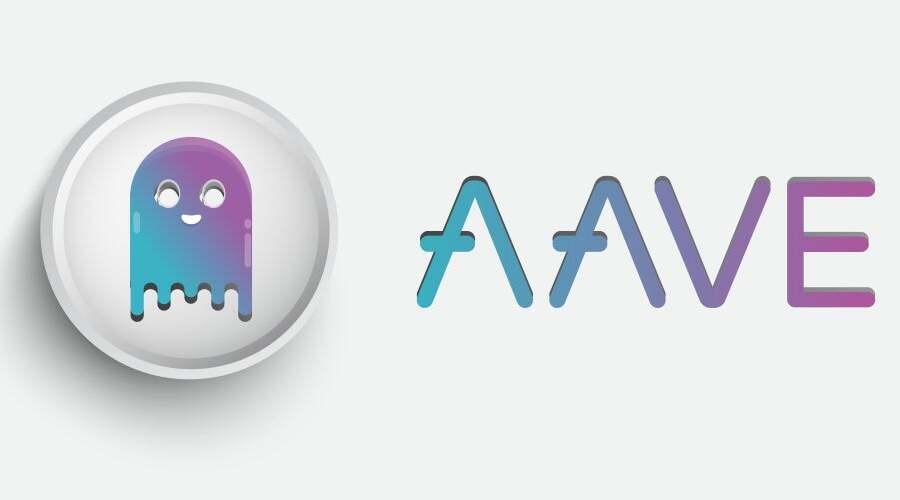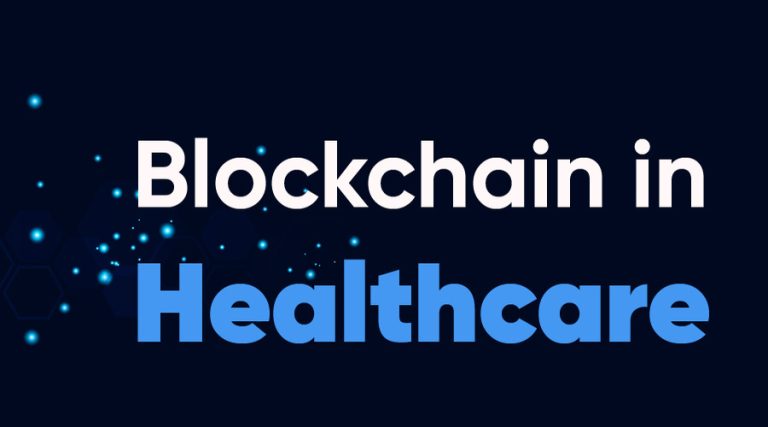
Decentralized finance (DeFi) has revolutionized the financial industry by introducing various innovative solutions, and one of the most prominent among them is decentralized lending and borrowing protocols. In this article, we will explore the concept of decentralized lending and borrowing, discuss its benefits, highlight popular protocols, explain how to use them, delve into the associated risks and challenges, and speculate about the future of this technology.
Introduction
Traditional lending and borrowing systems rely heavily on intermediaries such as banks, which oversee and control the entire process. However, decentralized lending and borrowing protocols aim to eliminate these intermediaries and empower individuals to lend and borrow funds directly from each other through smart contracts on blockchain platforms.
Understanding Decentralized Lending and Borrowing
What is decentralized lending?
Decentralized lending refers to the process of lending digital assets, such as cryptocurrencies, through decentralized platforms. In this system, lenders provide their assets to a liquidity pool, which is then made available for borrowers to access. Interest rates and terms are typically determined by algorithms and market dynamics rather than by centralized authorities.
How does decentralized borrowing work?
Decentralized borrowing involves individuals using their digital assets as collateral to secure loans from the liquidity pool. The collateral is held in smart contracts until the borrowed amount is repaid, ensuring the safety and transparency of the transaction. This process allows borrowers to access funds without the need for credit checks or traditional financial intermediaries.
Popular Decentralized Lending and Borrowing Protocols
Several decentralized lending and borrowing protocols have gained significant traction in the DeFi space. Let’s explore some of the most popular ones:
Compound
Compound is a decentralized lending platform that allows users to lend and borrow various digital assets. It operates on an algorithmic interest rate model, where interest rates fluctuate based on supply and demand dynamics.
Aave

Aave is a decentralized lending and borrowing protocol that offers a wide range of digital assets for lending and borrowing. It incorporates unique features such as flash loans, which allow users to borrow without collateral as long as the loan is repaid within a single transaction block.
MakerDAO
MakerDAO is a decentralized autonomous organization (DAO) that operates the Maker protocol, which facilitates decentralized lending and borrowing of the stablecoin Dai. It uses a collateralized debt position (CDP) mechanism to maintain stability and peg the value of Dai to the US dollar.
Uniswap
While primarily known as a decentralized exchange, Uniswap also allows users to lend and borrow assets through its liquidity pools. It utilizes an automated market-making mechanism that ensures liquidity for various digital assets.
How to Use Decentralized Lending and Borrowing Protocols
- Setting up a Wallet: Begin by selecting a compatible cryptocurrency wallet that supports the specific protocol you intend to use. Ensure the wallet securely stores your private keys to protect your funds.
- Connecting to the Protocol: Once you have chosen a wallet, connect it to the decentralized lending and borrowing protocol of your choice. This typically involves integrating your wallet with the protocol’s interface or website.
- Depositing Assets: After establishing the connection, you can proceed to deposit your desired assets into the protocol. These assets will be utilized for lending or as collateral for borrowing. Be sure to follow the specific instructions provided by the protocol to ensure successful deposits.
- Borrowing Funds: If you wish to borrow funds, specify the desired loan amount and the type of assets you are willing to use as collateral. The protocol will evaluate the collateral’s value and determine the borrowing capacity based on predetermined parameters. Once the collateral is deemed acceptable, you can proceed with borrowing.
- Monitoring and Managing Loans: Regularly monitor the status of your loans within the protocol. Keep track of the interest rates, repayment schedule, and any additional fees or requirements. Ensure that you maintain sufficient collateral to avoid liquidation.
- Repaying Loans: It is crucial to adhere to the loan repayment schedule to avoid penalties or the loss of your collateral. Follow the instructions provided by the protocol to make timely repayments. Once the borrowed amount is fully repaid, you can retrieve your collateral.
Risks and Challenges of Decentralized Lending and Borrowing
- Smart Contract Risks: Decentralized protocols rely on smart contracts to automate and execute transactions. However, smart contracts may contain vulnerabilities or coding errors that can be exploited by malicious actors. It is essential to conduct due diligence on the protocol’s smart contract code and review security audits to minimize the risk of financial losses.
- Volatility and Collateralization: Digital assets used as collateral in decentralized lending and borrowing protocols are subject to market volatility. If the value of the collateral falls below a specific threshold, there is a risk of liquidation, where the collateral is sold to repay the loan. Users must closely monitor their collateral’s value and manage it effectively to avoid potential losses.
- Regulatory Concerns: Decentralized finance, including lending and borrowing protocols, operates in a regulatory gray area in many jurisdictions. Regulations and legal frameworks surrounding decentralized finance are still evolving. Changes in regulations or increased scrutiny from regulatory authorities could impact the usability and legality of these platforms, potentially leading to restrictions or compliance challenges.
- Counterparty Risk: While decentralized lending protocols aim to remove intermediaries, borrowers and lenders still interact with each other indirectly through the protocol. There is a level of counterparty risk involved, as the trustworthiness and repayment capability of borrowers cannot be guaranteed. Proper risk assessment and diversification strategies can help mitigate this risk.
- User Error and Security: Users must take precautions to ensure the security of their wallets, private keys, and interactions with the protocols. Mistakenly sending funds to the wrong addresses or falling victim to phishing attempts can result in permanent loss of assets. Implementing robust security practices, such as using hardware wallets and verifying transaction details, is crucial.
It is important for individuals to thoroughly understand and assess the risks associated with decentralized lending and borrowing before participating. Being proactive, conducting research, and adopting best security practices will help users navigate these risks and make informed decisions.
The Future of Decentralized Lending and Borrowing
- Increased Adoption: Decentralized lending and borrowing protocols are gaining popularity and attracting more users as they offer greater accessibility, transparency, and cost-efficiency compared to traditional financial systems. This trend is expected to continue, with a growing number of individuals and institutions recognizing the benefits of decentralized finance.
- Interoperability: The interoperability between different decentralized lending and borrowing protocols is likely to improve. This will allow users to seamlessly transfer assets and liquidity between various protocols, enhancing liquidity pools and creating a more interconnected decentralized financial ecosystem.
- Wider Range of Assets: Currently, decentralized lending and borrowing primarily focus on cryptocurrencies. However, as the technology progresses, we can anticipate the inclusion of traditional assets and other forms of digital assets, such as tokenized securities. This expansion will provide users with more diverse borrowing and lending opportunities.
- Enhanced Risk Management: Risk management strategies within decentralized lending and borrowing protocols will continue to evolve. With advancements in data analytics, algorithmic models, and on-chain credit scoring, protocols can better assess and manage risk. This will lead to improved stability and reduced defaults.
- Regulatory Clarity: Regulatory frameworks surrounding decentralized finance are still evolving, and clarity in regulations will be crucial for the widespread adoption of decentralized lending and borrowing. As governments and regulatory bodies develop guidelines and frameworks specific to this space, it will provide greater legitimacy and regulatory compliance, attracting institutional investors and traditional financial institutions.
- Integration with Traditional Finance: We can expect to witness increased integration between decentralized lending and borrowing protocols and traditional financial systems. This integration may include partnerships with banks, traditional lending institutions, or the tokenization of real-world assets. Such collaborations will bridge the gap between traditional finance and decentralized finance, fostering innovation and expanding the reach of decentralized lending and borrowing.
Conclusion
Decentralized lending and borrowing protocols have emerged as a disruptive force in the financial industry. By leveraging blockchain technology, these protocols provide transparent, secure, and efficient alternatives to traditional lending and borrowing systems. However, it’s crucial for users to understand the risks involved and make informed decisions when participating in decentralized finance.
FAQs
What is the difference between centralized and decentralized lending?
Centralized lending involves relying on traditional financial intermediaries, such as banks, to facilitate loans. Decentralized lending eliminates intermediaries and enables peer-to-peer lending through smart contracts on blockchain platforms.
Is my money safe on decentralized lending platforms?
Decentralized lending platforms prioritize security by utilizing blockchain technology and smart contracts. However, it’s important to understand the risks associated with smart contract vulnerabilities and collateralization.
Can I earn interest on my crypto assets through decentralized lending?
Yes, decentralized lending platforms allow you to earn interest by lending your crypto assets to borrowers. The interest rates are determined by market dynamics and algorithmic models.
Are decentralized lending platforms regulated?
Decentralized lending platforms currently operate in a regulatory gray area. The absence of centralized authorities and intermediaries presents both opportunities and challenges from a regulatory standpoint.
How can I choose the right decentralized lending protocol?
When selecting a decentralized lending protocol, consider factors such as security, reputation, available assets, interest rates, and the overall user experience. Research and review audits to ensure the protocol meets your requirements.
I have been writing about cryptocurrencies for over two years and I’m widely considered one of the most knowledgeable and respected authors in the space. I have a deep understanding of the underlying technology and market dynamics, and my insights have helped countless investors make informed decisions about their portfolios. I’m a speaker and commentator, and my work has been featured in major publications such as CoinDesk, Forbes, and The Wall Street Journal. I also run a popular cryptocurrency trading signals service that has helped thousands of people make money in the volatile but potentially lucrative world of digital assets.


